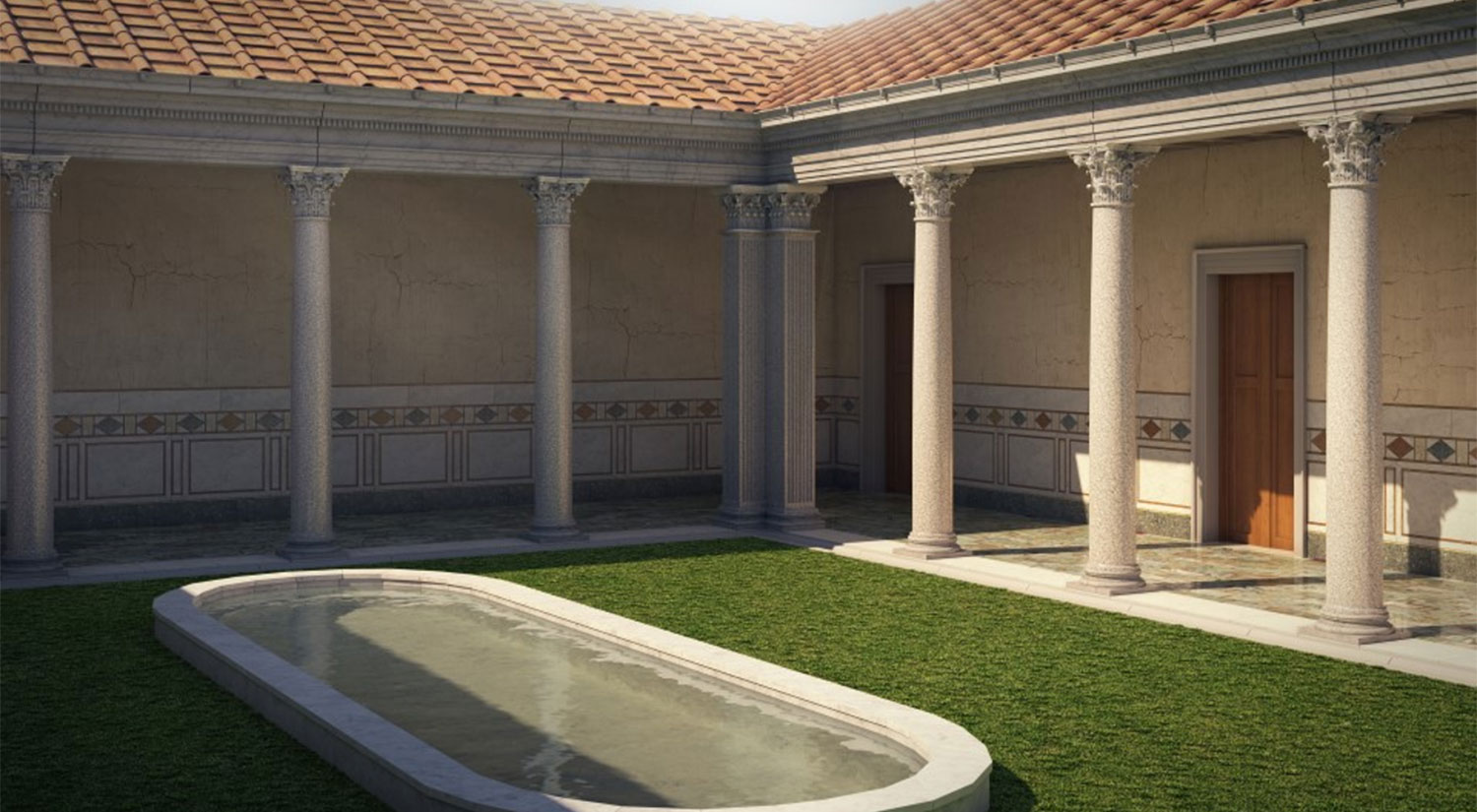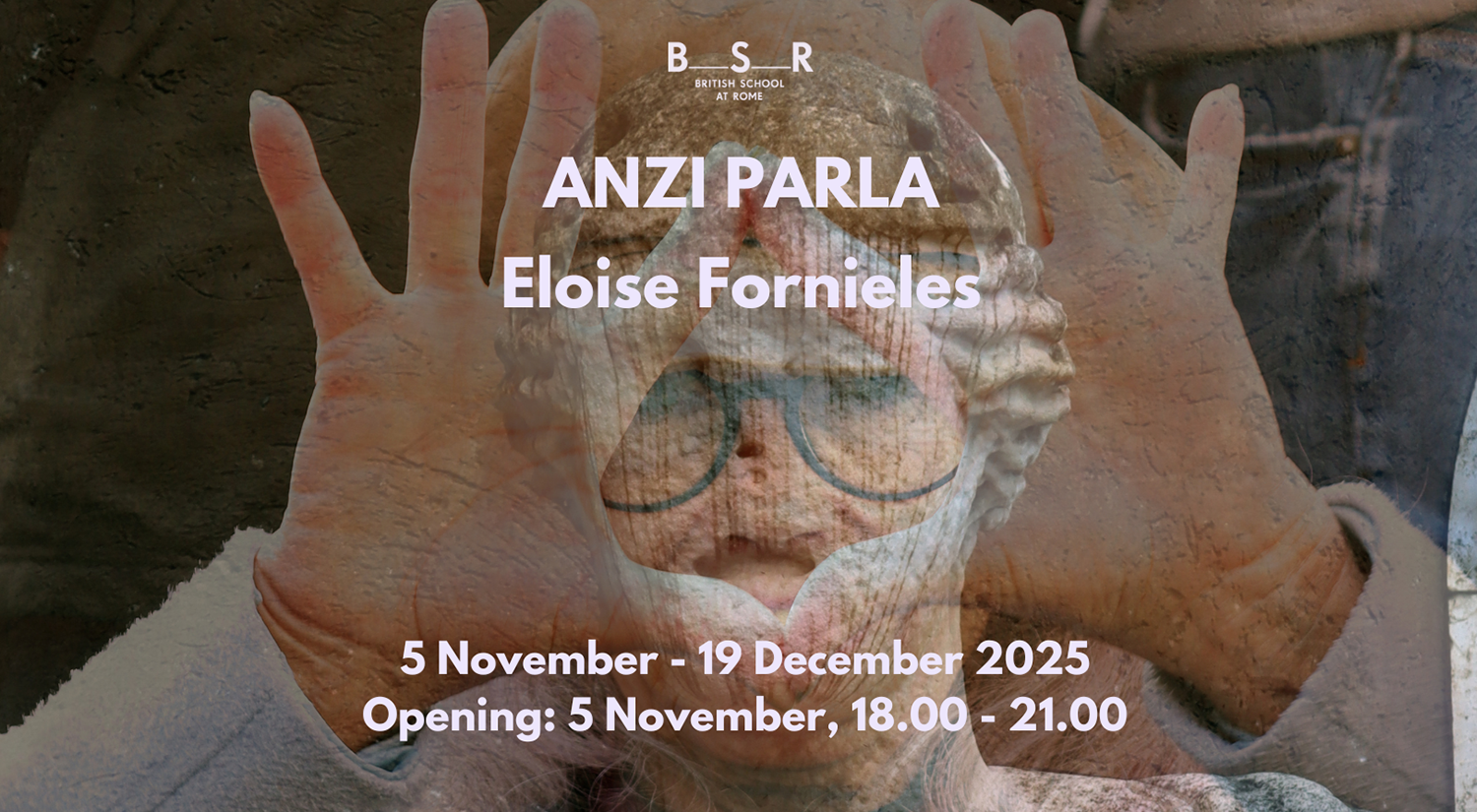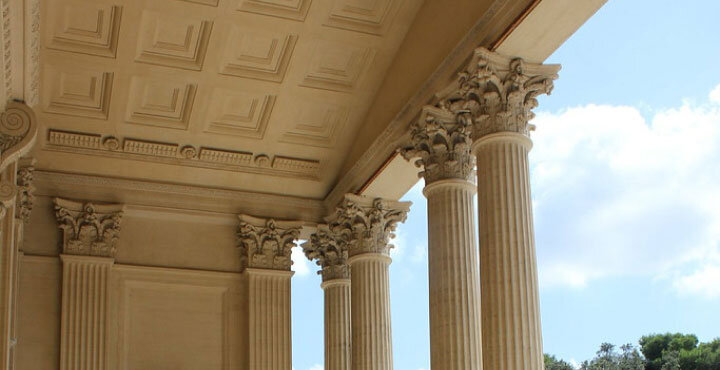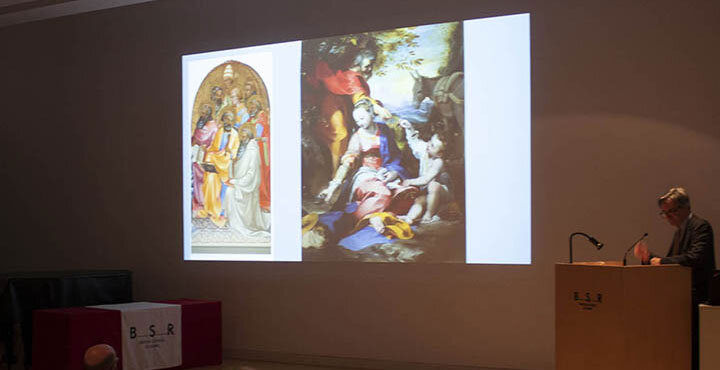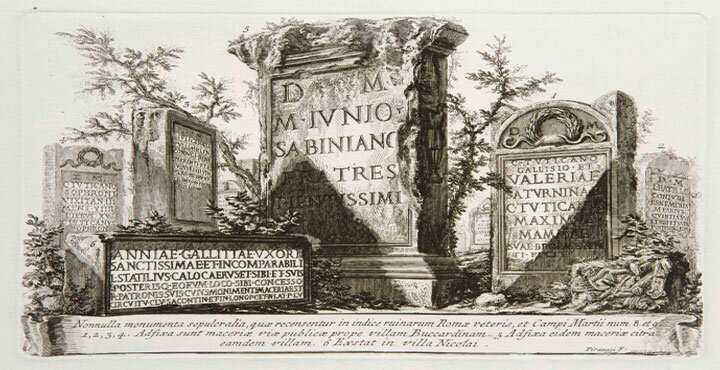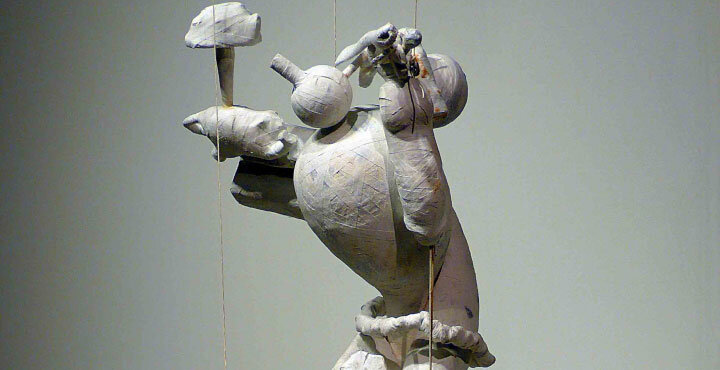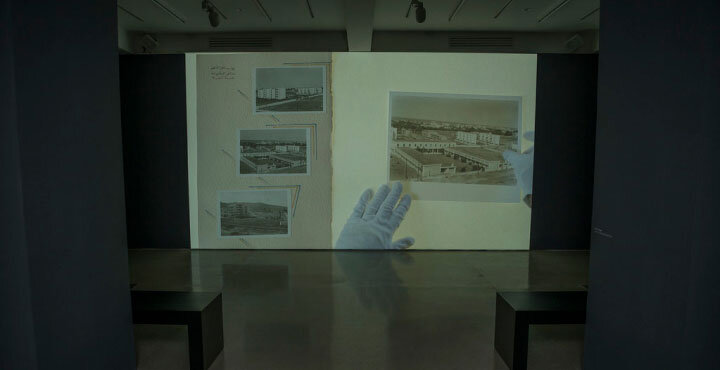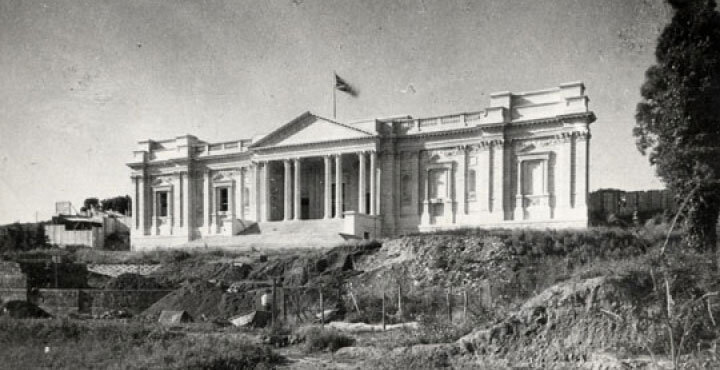-
Click here to register for online attendance for Day 1
-
Click here to register for online attendance for Day 2
Click here to see the programme
The use of reconstruction and visualisation to order, interpret and present information about the structures and spaces of Ancient Rome has a pedigree stretching back centuries. Many of the resulting images and models have had an enduring impact on both scholarly and popular imagination, an impact that can be both positive and negative.
Rome Transformed uses advanced visualisations (‘provocations’) to develop understanding of the buildings and landscapes that occupied the eastern Caelian in Rome between the first and eighth centuries CE. Team members recognise that the images and models produced can never exactly replicate the original condition of the places they seek to represent, but that they are rather an opportunity to make explicit and accessible the range of source material available, and to test, and challenge interpretation. This colloquium presents some of the project’s latest findings using provocations.
Five panel sessions will explore and debate provocations from
-
The area of the Ospedale di San Giovanni and via Amba Aradam (examining domus architecture)
-
The S. Croce archaeological area (examining the Sessorian palace, with its amphitheatre and circus, together with the later development of the S. Croce Basilica).
-
The area of the Lateran Basilica (examining the development of the Castra Nova, home to the Imperial horseguards, the Lateran Basilica itself (the world’s first cathedral) and associated structures)
-
The Aurelian Wall (examining the character and evolution of the fortifications)
-
The district between the Claudio-Neronian aqueduct and via Celimontana (examining hydraulic structures and tombs)
The event is designed to run in hybrid format, so that colleagues can contribute to the discussion facilitated by the expert panels on site in Rome. For those wishing to explore the source material further, the supporting documentation that underpins each model will be made available online in advance to the conference on our Rome Transformed. That information will be delivered through our SCIEDOC system (for an introduction to the SCIEDOC system and how it supports our use of provocations please see https://youtu.be/BETehjClxuI .
For further information on the areas under discussion, please see the archaeology page on our website.
This project has received funding from the European Research Council (ERC) under the European Union’s Horizon 2020 research and innovation programme (grant agreement No. 835271).



